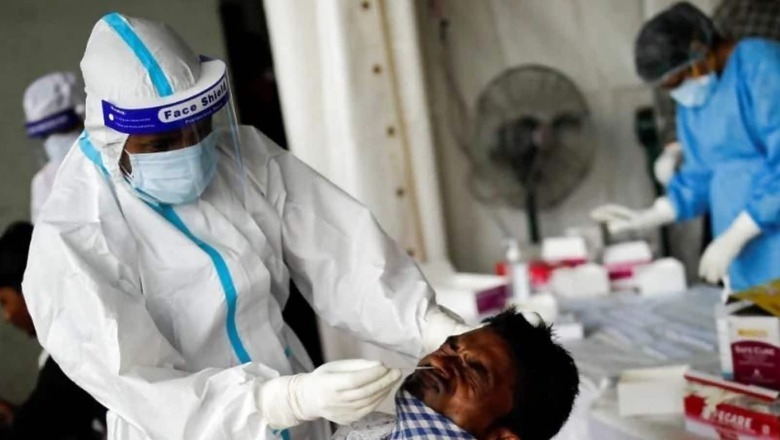
views
Kerala has 11 districts showing an increasing trend in daily average cases, said the Union Health Ministry said today in a briefing on the coronavirus situation in the country. With Kerala registering 51.51 percent of the total Covid cases reported last week, the state has been contributing the highest share of daily caseload.
A six-member team, headed by National Centre for Disease Control’s director Dr Sujeet Kumar Singh, sent to monitor and help the state authorities deal with coronavirus spread found that containment zones are not made according to union health ministry’s guidelines, in which concentration of diseased determines the anatomy of the zones.
Here are some Covid parameters from Kerala as of July 30:
1. Total Positivity Rate (TPR) – The TPR has been over 10 per cent in the past few weeks. On Monday, the rate was 13.87 percent. This measure shows the ratio of cases confirmed to tests performed. According to the World Health Organisation (WHO), a high TPR indicates poor testing and it should remain below 5 per cent.
2. Case Fatality Rate (CFR) – CFR, the proportion of people who die after testing positive for Covid, was reported be at a relatively low 0.5 percent.
3. Sero-prevalence – About 44 percent of the population in Kerala were found to have been exposed to Covid-19, according to the sero-survey conducted by the Indian Council of Medical Research in June and July. Sero-prevalence means the presence of antibodies against Covid-19 in the population.
4. Covid-19 Variants: The highly-infectious Delta variant of Covid-19 was identified in over 80 per cent of those who tested positive.
5. Vaccination: While 54 percent of the state population, i.e 1,42,85,630 people have been administered one dose of the Covid vaccine and 23% of the population, i.e 6,08,5180 have been fully vaccinated, around 2 crore people are yet to receive the first dose yet.
6. R-value: The current R-value is 1.12. If the R-value is lesser than one, it means the number of newly infected people is lower than the number of infected people in the preceding period which means the disease incidence is going down.
Central Team’s Findings
• Kerala did not cordon off containment zones out in a strict manner. Further, places around the containment zones did not have buffer zones, which are classified as areas where new cases are more likely to appear.
• While Kerala’s SOP for establishing containment zones was based on 7-day moving average, Dr Singh said that it actually takes 14 days instead.
• Kerala recorded an unusually high number of reinfections, wherein a fully vaccinated person catches the virus again, compared to other states. Out of the 14,972 reinfections reported from Patnamthitta district, 5,042 people were fully vaccinated.
• The state’s population comprises a larger share of older persons and the rate of diabetes is 30%, both of which could be reasons for surge in cases.
• As 80 percent of people are under home isolation, intra-house transmission was found to be high in Kerala.
• Dr Singh’s team also observed that the state did not have any active measures to halt transmission and depended more on passive measures such as strict tracking and tracing infections.
Read all the Latest News, Breaking News and Coronavirus News here.



















Comments
0 comment